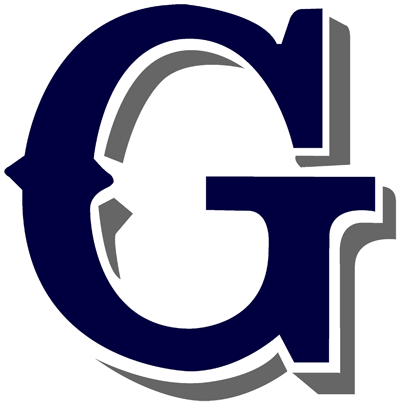Georgetown High School
Grades 9-12 Summer Reading Assignment
2024 Theme: Reading Takes You Places. Let the Adventure Begin!
● Read a literary text OR a non fiction text over the summer and complete TWO of the assignments on the list, AND answer all of the reading guide questions that follow.
● Your parent/guardian must approve your selected text.
● Your media specialist and your ELA teacher can help you find a book that is right for you.
● All assignments are to be completed thoroughly and accurately.
When you return to school in August, please submit assignment(s) to your ELA teacher on the third day (August 5, 2024) to receive a homework grade for quarter one or quarter three. Assignments are to be submitted on time even if you are not scheduled for an English class until the second term.
Assignment Project choices: Choose One
1. PRE-RECORDED BOOK TALK: Pre-record a 2-minute book-talk (Loom, Screencastify, Flipgrid, etc.) and upload it to your Google Classroom. Include the title and author of the book and give a brief summary. Then explain why you liked it and why other students might be interested in the book. You may also read a short excerpt as part of your talk (maximum one page). Tips: Start off with an interesting quotation from the book to capture your audience’s attention. Spend the majority of your time discussing the plot and conflict, but include setting, major characters, and a theme. Do not give away too much, and NEVER tell the ending! Do not just list characters—remember this book talk is essentially a persuasive speech—you are convincing your audience to read the book. You may become a character in the book. Work on appropriate presentation skills: make eye contact, do not read your speech, use body language to communicate your message, speak loudly and clearly, etc. Feel free to use different voices or wear a costume.
2. QUOTATIONS: After you have read and marked important or significant quotations/passages, go back and choose five of those quotations (collect them from the entire text, not just one section). Write each quotation on a SEPARATE page in your journal (at the top of the page), copying it exactly and using quotation marks. After the quotation, place the page number in parentheses. Explain the CONTEXT of the quotation—how does it “fit” into the whole text? What is happening? Who is speaking? How is the quotation important to the meaning of the entire text? Explain WHY you chose the quotation.
3. CHANGE IN CHARACTERS: Since so many stories contain lessons that the main character learns and grows from, critical readers pay attention to the meaning associated with how and why characters change and develop throughout the text. Write an essay about HOW the protagonist has developed/changed (what has he/she learned), WHY the character changes (causes), and WHAT those changes suggest about the meaning of the text.
4. TEXT TO GRAPHICS: Create a visual (digital or print) based on your understanding of a passage or the book as a whole. Use graphics/symbols/colors to respond to the passage or the book. Include a relevant quotation from the book at the bottom of the page and a title for your graphic at the top. Explain how your visual represents meaning (choice of colors, symbols, pictures, etc.). You may choose to use Glogster, a blog, an online scrapbook, PowerPoint, Google Slides, or other online tools to create a digital version of your visual. Please save your work in a format that is accessible in school. (Web pages may be saved as documents, rtf files, or PDF formats for easy access.
Reading Guide Questions: ANSWER EACH QUESTION using complete sentences (5-7 minimum per question) and examples from your text to demonstrate your understanding of the selected reading. Put your name, the title of the book and the author at the top of the page.
● Does the author try to persuade you in any way? How? Do you find the author’s evidence convincing? Explain.
● What is the main purpose of this text? How do you know?
● What new information did you learn? How can you apply this information to an issue or problem in today’s world? How did this new information change your way of thinking about this subject?
● What words, phrases, and statements does the author use that caught your attention? Why? How did they make you feel?
● Were there any photographs, illustrations, charts, graphs or diagrams that were important? Select two or three and show what you learned from them and explain why you believe each one was important.
● Did the reading leave you with unanswered questions? What are these?
● How did you connect to the reading? Was it personal? Was it an issue that affects your community and the world? Explain.

